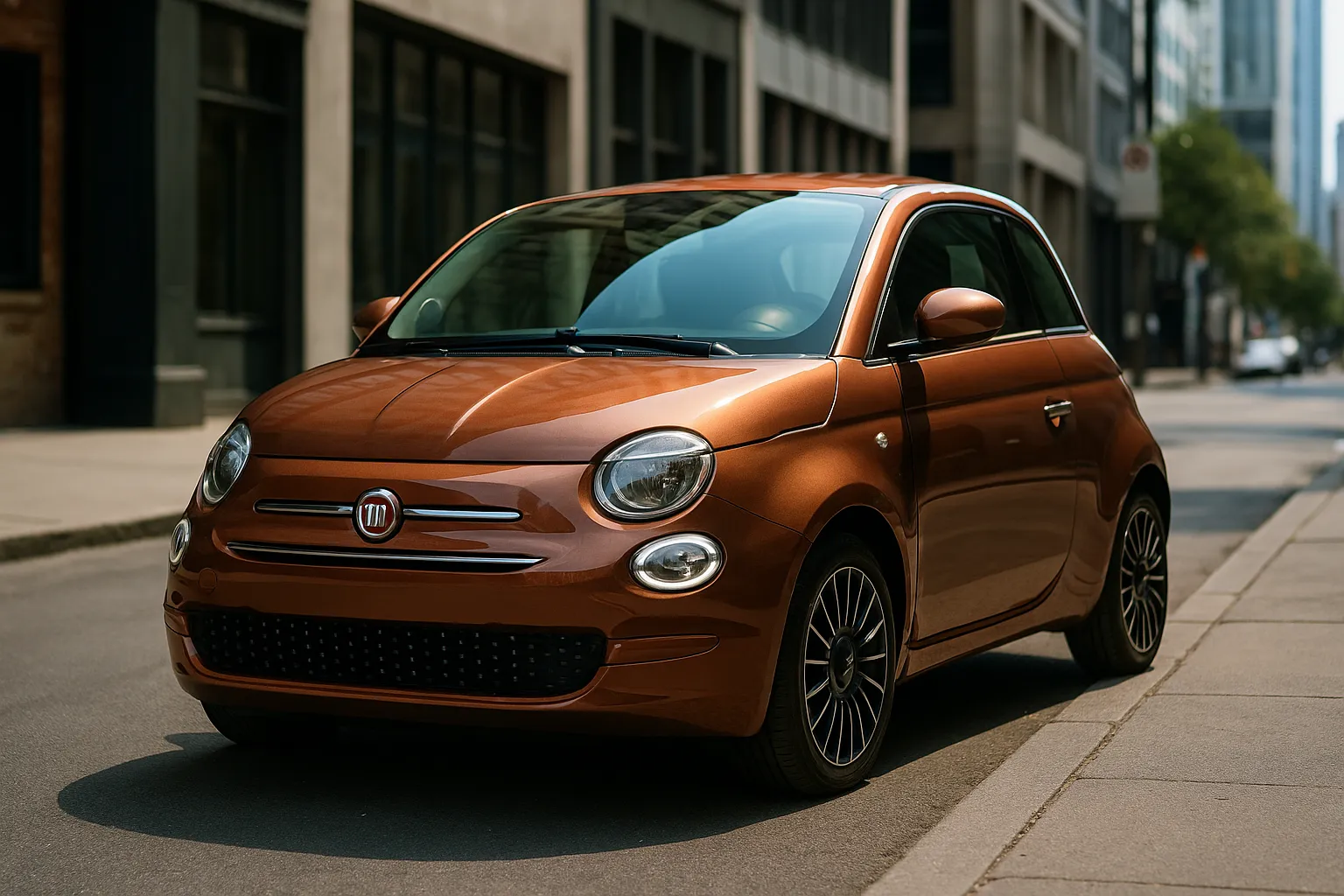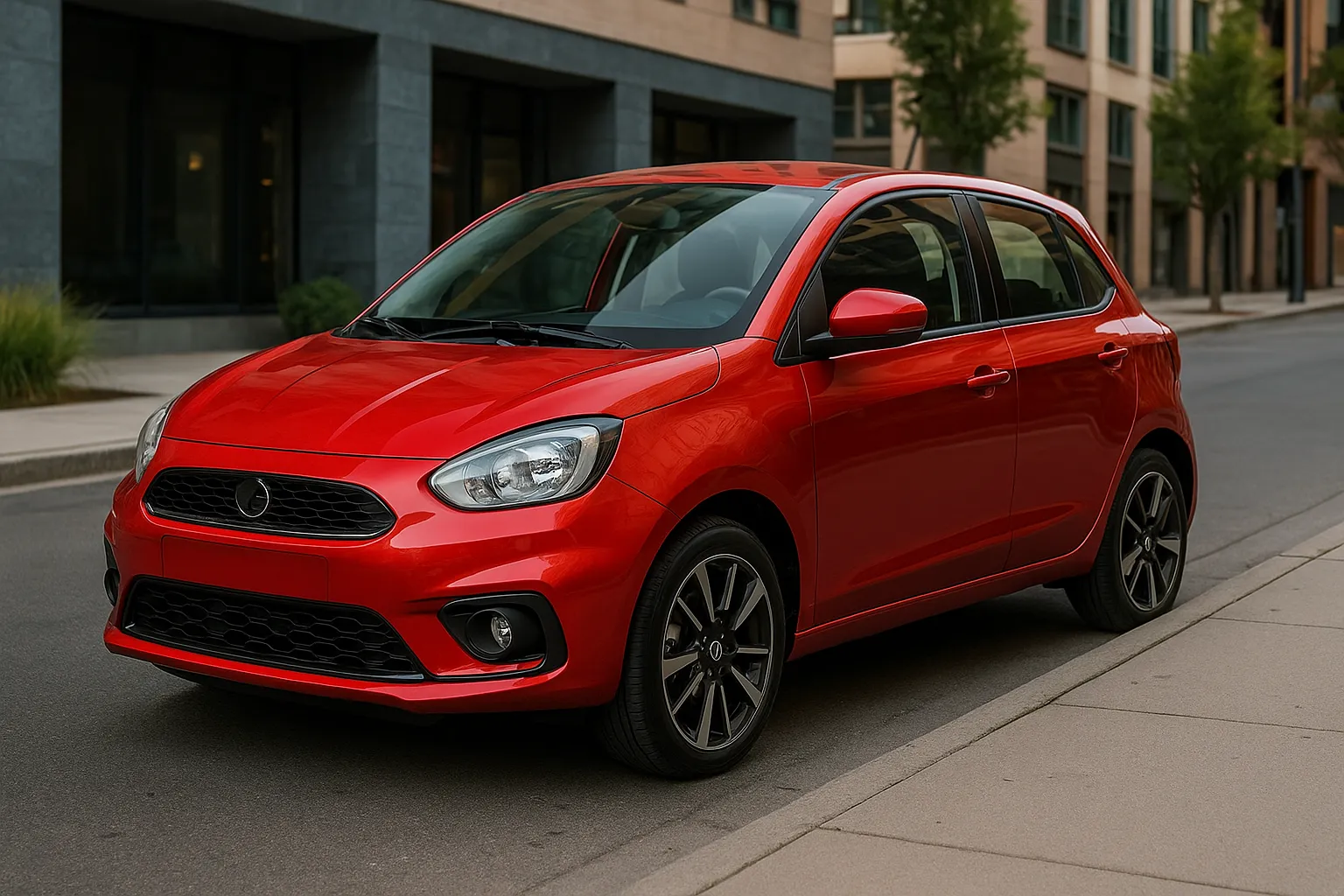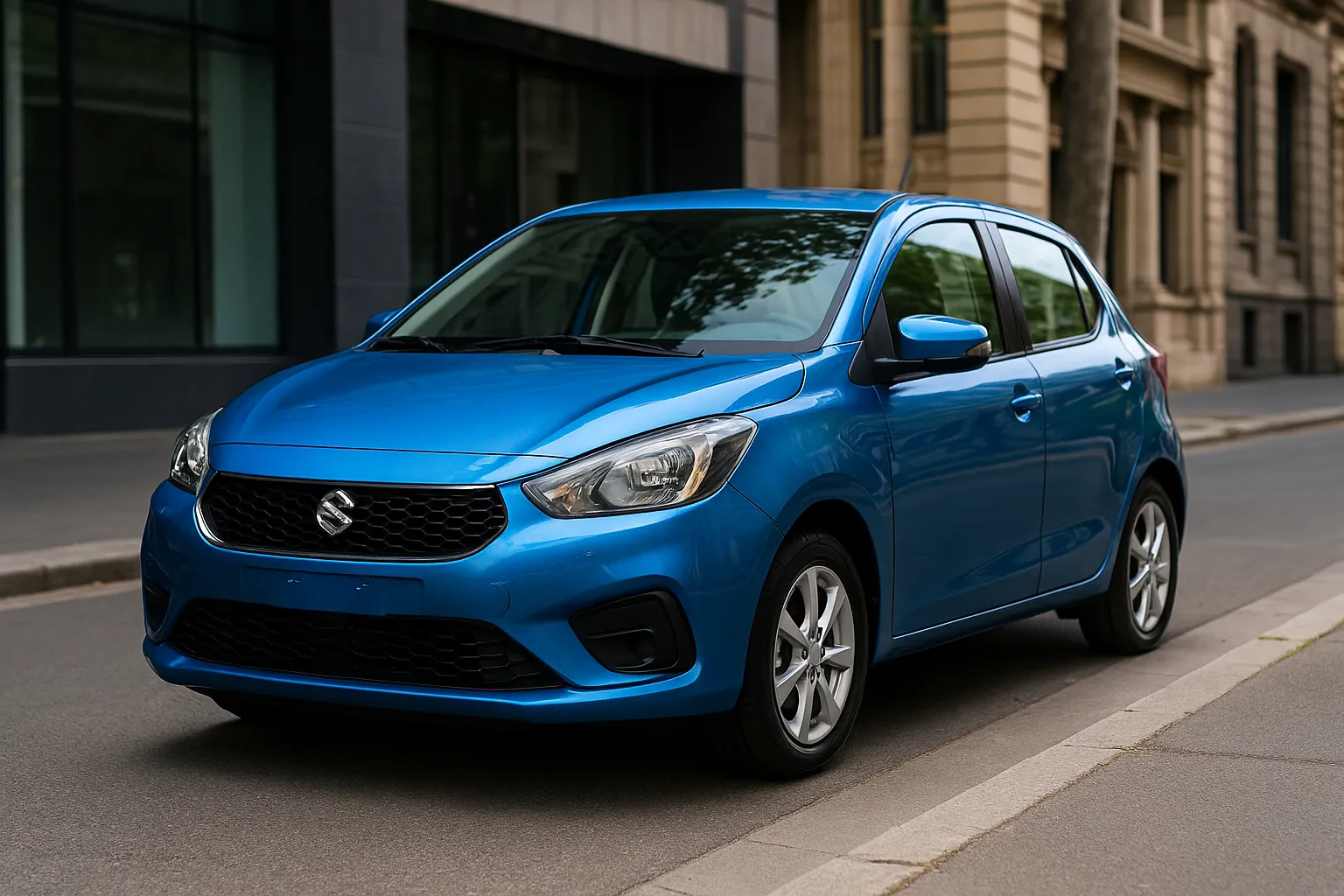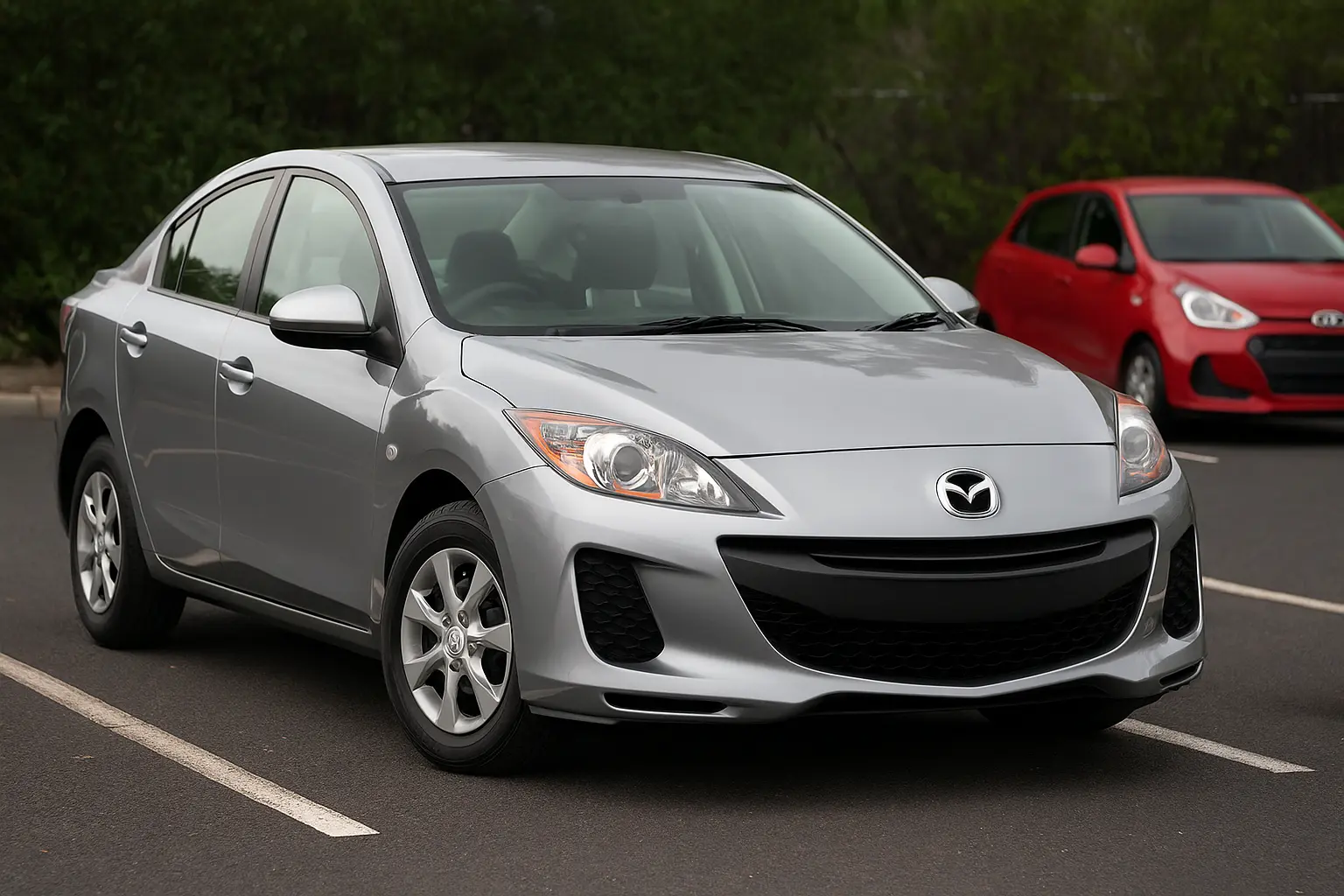In a world rapidly transitioning to larger SUVs and electrified utes, you might wonder: are city cars still relevant in 2025? The answer is a resounding yes — especially in Australia’s increasingly congested cities like Sydney, Melbourne, Brisbane, and Perth.
With rising fuel costs, tighter parking spaces, and growing environmental consciousness, city cars offer a smart solution. They're compact, nimble, easier to maneuver in traffic, cheaper to run, and surprisingly loaded with tech these days.
This blog dives deep into the best city cars in Australia for 2025 that strike the perfect balance between affordability, practicality, and driving fun.

What Makes a Great City Car?
Before we jump into the list, here are the key traits that define a brilliant city car in 2025:
- Compact Size: Easy to fit into tight parking spots or weave through traffic.
- Low Running Costs: Affordable fuel consumption or EV charging costs.
- Reliable & Safe: Solid build with strong safety credentials.
- Fun to Drive: Zippy handling and enough power for urban environments.
- Affordable Purchase Price: Ideally under $30K–$40K.
- Modern Features: Smartphone integration, parking sensors, reversing cameras, and more.
Best City Cars in Australia 2025 – Complete List
Let’s now look at the top city-friendly cars across petrol, hybrid, and electric categories.
1. 2025 Kia Picanto (Petrol)
Why It’s Great for the City:
The Kia Picanto has dominated the micro car segment for years and continues to do so in 2025. With compact dimensions, excellent fuel economy, and a zippy drive, it's hard to beat for the price.
Highlights:
- Compact 3.6m length
- 5.0–5.3L/100km fuel efficiency
- Starting price under $18K
- 8-inch infotainment with wireless Apple CarPlay
- 7-year unlimited km warranty
Drawbacks:
Not ideal for long highway stints due to engine power.
2. 2025 MG3 Hybrid+
Why It’s Great for the City:
The MG3 is no longer just a budget petrol hatch; in 2025, it’s available as a hybrid — making it efficient, smooth, and perfect for low-speed urban driving.
Highlights:
- Hybrid powertrain (1.5L petrol + electric motor)
- Fuel economy around 4.3L/100km
- New 10.25-inch touchscreen
- Extremely affordable pricing (under $25K)
Drawbacks:
Interior quality is basic, but the price compensates.
3. 2025 Toyota Yaris Hybrid
Why It’s Great for the City:
The Yaris Hybrid continues to set benchmarks in urban efficiency. It’s compact, ultra-economical, and now includes advanced safety systems as standard.
Highlights:
- Hybrid system offering 3.3L/100km fuel efficiency
- Great resale value and Toyota reliability
- Pre-Collision Safety System and Adaptive Cruise
- Well-equipped base model
Drawbacks:
Slightly expensive for the segment (starting around $28K).
4. 2025 Fiat 500e (Electric)
Why It’s Great for the City:
This all-electric city car oozes personality. It’s made for narrow laneways and inner-city parking — perfect for CBD commuters with home charging access.
Highlights:
- Fully electric with ~320km WLTP range
- Compact retro-styled design
- Regenerative braking with one-pedal drive
- Very easy to park
Drawbacks:
Small back seat and limited boot space.
5. 2025 Suzuki Swift
Why It’s Great for the City:
A perennial Aussie favourite, the Suzuki Swift blends fun with frugality. The new-gen Swift comes with mild hybrid options and more refined tech.
Highlights:
- Fuel efficiency around 4.8L/100km (mild hybrid)
- Sporty handling and light steering
- New digital instrument cluster
- Generous warranty and reliability record
Drawbacks:
Some models still lack advanced safety features.
6. 2025 Hyundai i20 N Line
Why It’s Great for the City:
If you're looking for a city car that delivers a fun factor without breaking the bank, the i20 N Line is a sporty gem with urban practicality.
Highlights:
- Turbocharged 1.0L engine
- ~6.0L/100km consumption
- Sporty styling with compact hatch dimensions
- Wireless Android Auto & Apple CarPlay
Drawbacks:
Ride can be firm on poor city roads.
7. 2025 Mazda2 Hatch
Why It’s Great for the City:
The Mazda2 punches above its weight in terms of refinement, interior quality, and handling. It's a more premium feeling option in the compact segment.
Highlights:
- 5.0–5.2L/100km fuel economy
- 360-degree camera and front/rear sensors in top trims
- Mazda’s excellent reliability and finish
- Under $30K drive-away
Drawbacks:
Some trims lack features like adaptive cruise.
8. 2025 Honda Jazz (New-Gen Hybrid)
Why It’s Great for the City:
The Jazz is back — now hybrid-only in Australia. It's incredibly practical for its size and offers class-leading boot space and rear legroom.
Highlights:
- e:HEV hybrid system
- Fuel use: ~4.1L/100km
- Magic Seats = unmatched interior flexibility
- Smart infotainment and Honda Sensing tech
Drawbacks:
Limited availability and pricing from $30K+.
9. 2025 Renault Clio
Why It’s Great for the City:
Back with a bang, the new Clio offers Euro charm with efficient performance and a tight turning circle.
Highlights:
- Chic European styling
- Agile and fun-to-drive
- Great infotainment design
- Available with mild-hybrid tech
Drawbacks:
After-sales service isn’t as widespread as Japanese rivals.
10. 2025 BYD Dolphin (Electric)
Why It’s Great for the City:
BYD is redefining affordable EVs in Australia. The Dolphin is a compact electric hatch with good space and specs for under $40K.
Highlights:
- ~340–420km range options
- Full EV torque for city stop-start traffic
- Modern cabin with large display
- Great warranty (6 years/150,000km)
Drawbacks:
Lack of established brand trust in some regions.
Comparison Table: Top City Cars for 2025 in Australia
| Model | Fuel Type | Fuel/Range | Starting Price | Parking Ease | Fun Factor |
|---|---|---|---|---|---|
| Kia Picanto | Petrol | 5.0L/100km | ~$18K | ✅✅✅ | ✅✅ |
| MG3 Hybrid | Hybrid | 4.3L/100km | ~$25K | ✅✅ | ✅✅ |
| Toyota Yaris Hybrid | Hybrid | 3.3L/100km | ~$28K | ✅✅✅ | ✅✅ |
| Fiat 500e | Electric | ~320km | ~$35K | ✅✅✅✅ | ✅✅✅ |
| Suzuki Swift | Petrol | 4.8L/100km | ~$24K | ✅✅ | ✅✅✅ |
| Hyundai i20 N Line | Petrol | 6.0L/100km | ~$27K | ✅✅ | ✅✅✅✅ |
| Mazda2 Hatch | Petrol | 5.2L/100km | ~$28K | ✅✅ | ✅✅ |
| Honda Jazz Hybrid | Hybrid | 4.1L/100km | ~$30K | ✅✅✅ | ✅✅ |
| Renault Clio | Mild Hybrid | 5.5L/100km | ~$29K | ✅✅ | ✅✅✅ |
| BYD Dolphin | Electric | 340–420km range | ~$38K | ✅✅✅ | ✅✅✅ |
Key Considerations When Choosing a City Car
✅ Parking Tech
Look for models with reverse cameras, front and rear sensors, or even 360-degree cameras — they’re lifesavers in tight urban spots.
✅ Fuel Type
- Petrol is still common for affordability.
- Hybrids offer better fuel savings without charging hassle.
- EVs are future-proof but require home or nearby charging.
✅ Safety Systems
Even city cars now feature AEB, lane-keeping assist, and adaptive cruise. Don't skimp on safety.
✅ Resale Value
Brands like Toyota, Mazda, and Hyundai tend to hold their value well in the Aussie used market.
Should You Go Petrol, Hybrid, or Electric in the City?
| Use Case | Best Option |
|---|---|
| Home charging available | Electric |
| Mostly short trips | Hybrid |
| Lower upfront cost priority | Petrol |
| Future resale & green benefit | Hybrid/EV |

Final Thoughts: Which City Car is Right for You?
If your budget is tight but you want a hassle-free daily driver, go for the Kia Picanto or MG3 Hybrid.
If you care about tech, fun, and zippy driving, try the i20 N Line or Swift.
Want to future-proof your purchase? The Fiat 500e and BYD Dolphin are excellent EV picks.
Prefer a trusted name and hybrid tech? The Toyota Yaris Hybrid or Honda Jazz Hybrid will serve you well.
Ultimately, the best city car comes down to your driving habits, budget, and lifestyle. But the good news? In 2025, Australians are spoiled for choice.
Leave a comment
Your email address will not be published. Required fields are marked *




















